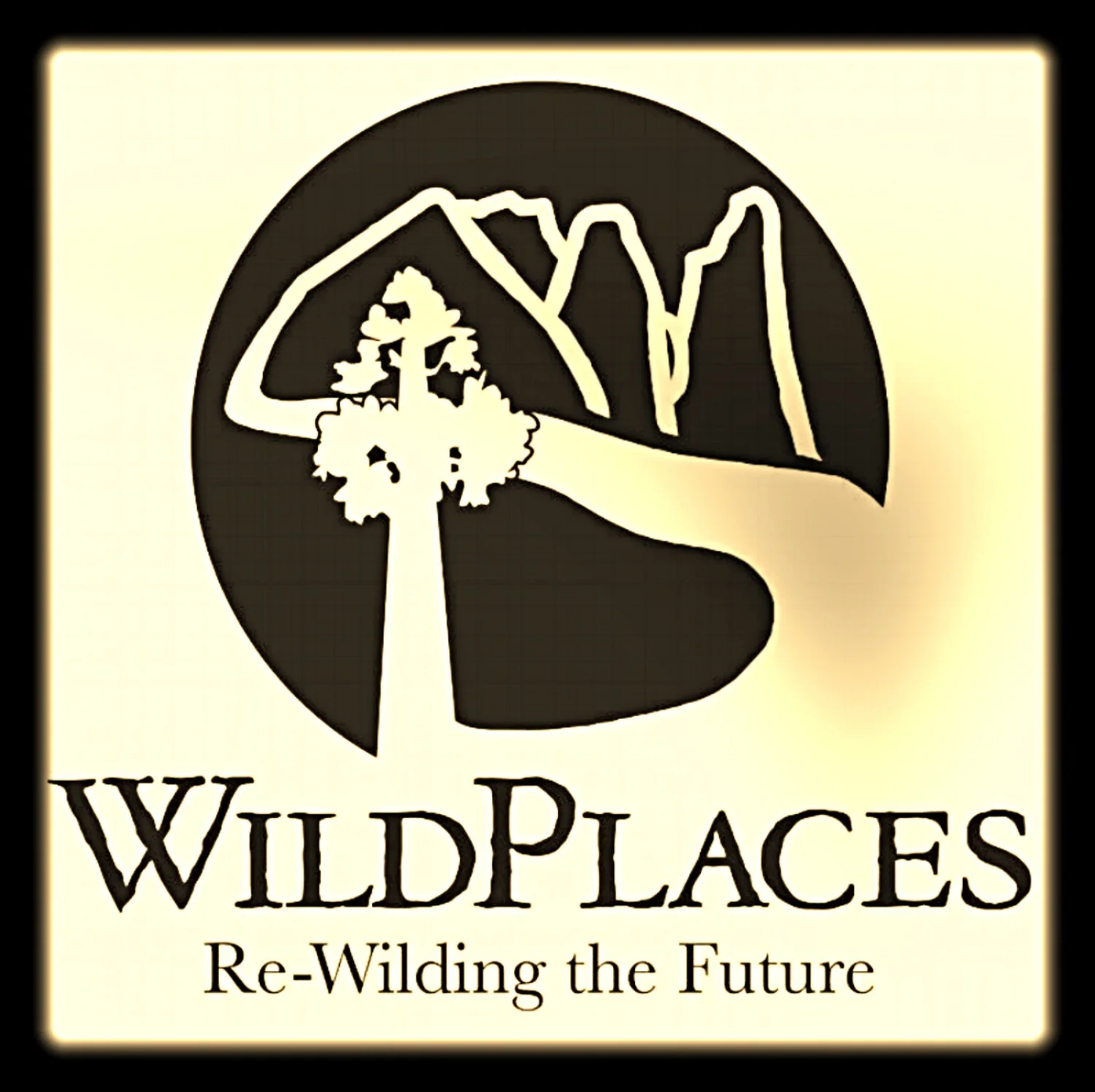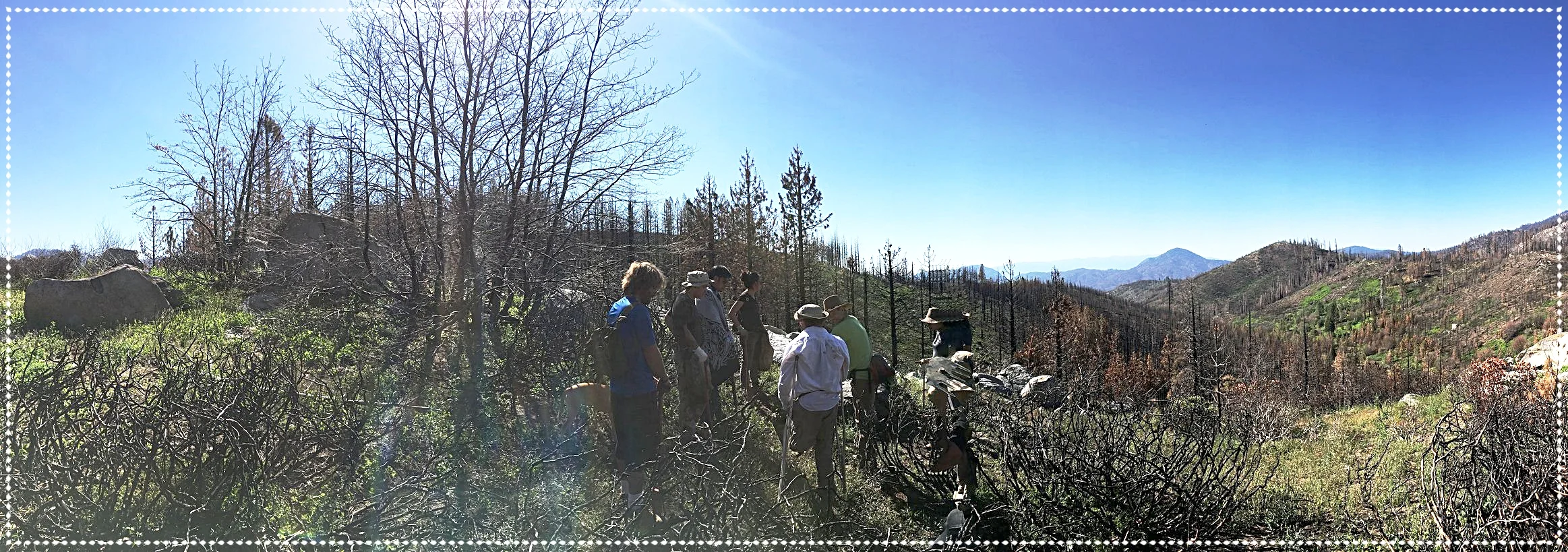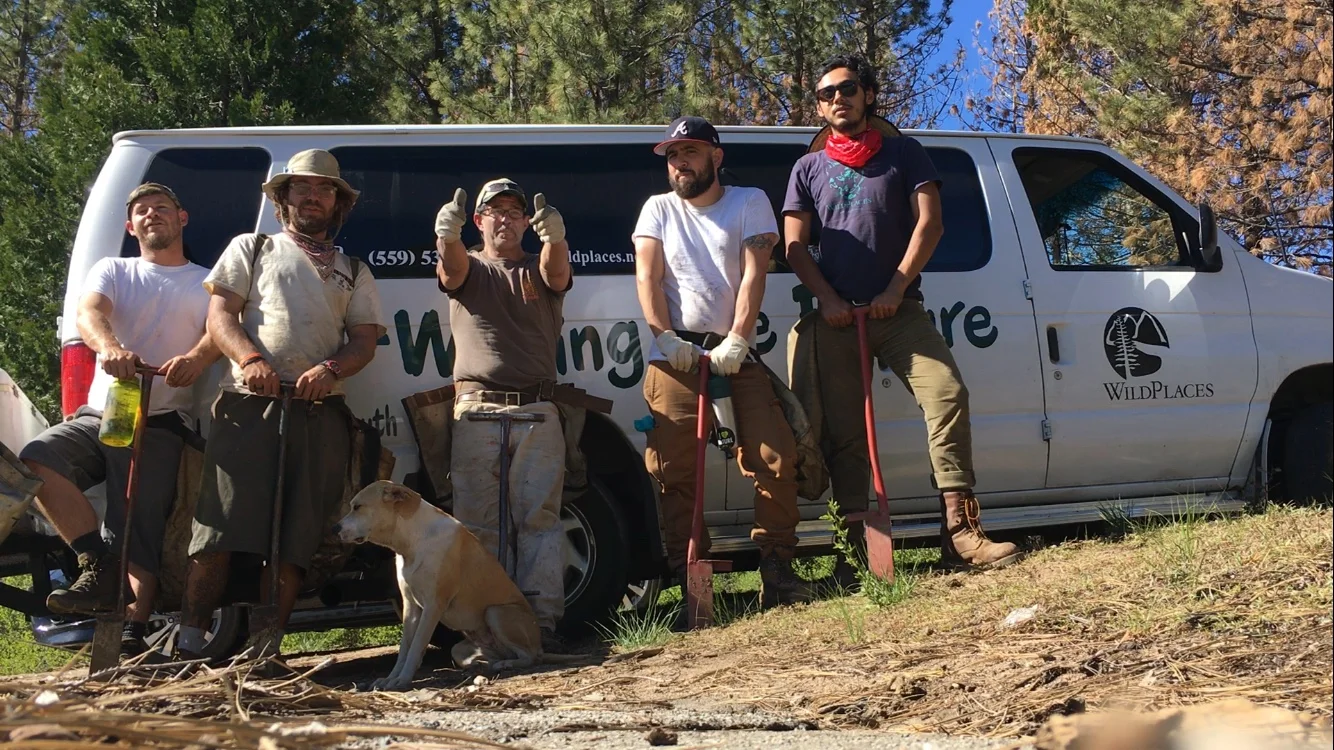wildfire recovery projects
Happening now - We need you!
The Post-fire Meadow and Giant Sequoia Stewardship Project is a volunteer-driven “first response” to protect and repair severely fire-impacted meadows and sequoia groves by improving/restoring resiliency to soil erosion, headcuts, and vegetation decline in meadows while lessening future wildfire damage to the giant trees through fuels reduction and mapping. Our hope is that three severely burned meadows and three giant sequoia groves can be rescued by volunteers attending multi-day stewardship events in 2022-23. Partnering organizations include USFS, Save Redwood League, National Forest Foundation, and Patagonia Giving Grant.
"In days of increased human-caused climate change, two things are certain: Widfires (different from natural fires) are not going away and adapting stewardship and land management to this new reality is possible,”says Mehmet McMillan Founder of WildPlaces.
Sequoia Roots Restoration Corp will bottomline the trail and tree planting activites for WildPlaces.
Summary
Iconic Giant sequoia groves and high Sierra meadows in the Sequoia National Forest/Giant Sequoia National Monument (SQF) ar severely impaired by rapid climate change and recent, unrelenting catastrophic wildfires. WildPlaces' volunteers under the guidance of US
Forest Service, Save the Redwood League and Field Leaders Trainings will address wildfire impacts through volunteer-driven wet meadow revegetation, willow plantings and (cattle) exclosure fence repair at Powell, Dry, and Osa Meadows (subject to change).
As well, a volunteer, post-wildfire “first response” teams will work to reduce decades-old fuel build-up around those Giant sequoias that survived. Pulling slash and vegetative debris away from monarch (>4 ft.diameter) trees within Freeman Creek, Wishon, and Silver Creek (subject to change) groves will improve forest resiliency to future fire threats.
Since 2003, WildPlaces has completed many stewardship projects with funding support from National Forest Foundation (NFF) and dozens of collaborations with the Forest Service throughout the southern Range of Light utilizing volunteers who work hard and in return gain epic experiences, critical knowledge and are affected in immeasurable
ways through our special blend of nature immersion.
2022 is different with worsening climate and fire conditions on meadows due to catastrophic wildfire seasons resulting in 60% of meadows and sequoia groves now permanently affected or completely lost of its function to hold and clean the water at the very headwaters or source. Without immediate response, unacceptable numbers (+30) meadows will succumb to erosion of exposed soil during winter rain and many sequoia groves will remain at risk or be destroyed by wildfires even as hundreds of these 1500-2000 year old trees just burned up and are gone.
WildPlaces is recruiting volunteers and field leaders especially from indigenous/Native American, BIPOC and LGBTQ+ communities who are under-represented on public lands and over-represented in prejudicial conditions.
This project is an immediate first response to protect and repair fire-impacted meadows and sequoia groves by improving/restoring meadow resiliency to soil erosion, headcuts, and vegetation decline . Secondly, the project hopes to lessen future wildfire damage to the surviving giant trees through fuels reduction and mapping.
Significant Impact
While natural processes play a major role in forest fire recovery, certain actions to protect California watersheds can be taken to speed the recovery of resource and recreation values by reducing sediment and soil erosion, re-establishing native plant species and seed trees, and repair recreation trails. Planting seedlings that will one day become the seed source for the whole forest and restoring access for recreation and future emergencies are the goals we will undertake.
Since 2001, WildPlaces has implemented nearly one hundred land and river stewardship projects, enjoyed the participation of thousands of volunteers, and experienced a 100% safety record.
According to SNF resource managers and the Rough PostFire BAER, suppression cuts and trail repair is the first phase of recovery efforts and is needed to return the affected area to pre-fire conditions. Controlling erosion and run-off from fire suppression containment lines and damaged recreation trails are high priorities for the Forest Service to ensure healthy watersheds.
Trail recovery is not beginners work. These Sequoia Roots Restoration Corp members must complete Wilderness Ranger Academy and pass the Crosscut Saw Certification. All of our corp members and volunteers have done so. Congrats Miguel Pena, Josh Moore, Daniel Mejia, Pedro Garcia and Liz Rivera.
For all events, we will meet at Comisión Honorífica Mexicana Americana (CHMA) which is located at the following address: 466 East Putnam Ave Porterville, CA 93257 at 8.30 a.m. for a 9 a.m. departure on Saturday May 13th and June 3rd. Transportation is available for those planning to camp over night.
Travel time is an hour from Porterville and requires caravanning with WildPlaces unless participants have a very good understanding of the area. The work will entail planting five species of coniferous, bareroot-seedlings to restore destroyed "seed trees" which are critical for forest recovery . . . no seeds = no forest.
The terrain and work are moderate to difficult and require proper Personal Protection Equipment (PPE), clothing, gear, good physical fitness, and basic camping skills. Planting experience is not required. WildPlaces can provide gear if needed. We will car camp on a primitive site (no water, no bathrooms) for tree plantings at the Cedar Fire and within the Wilderness for trail work on Rough Wildfire. Participants must stay together as directions and locations can be difficult to follow.






